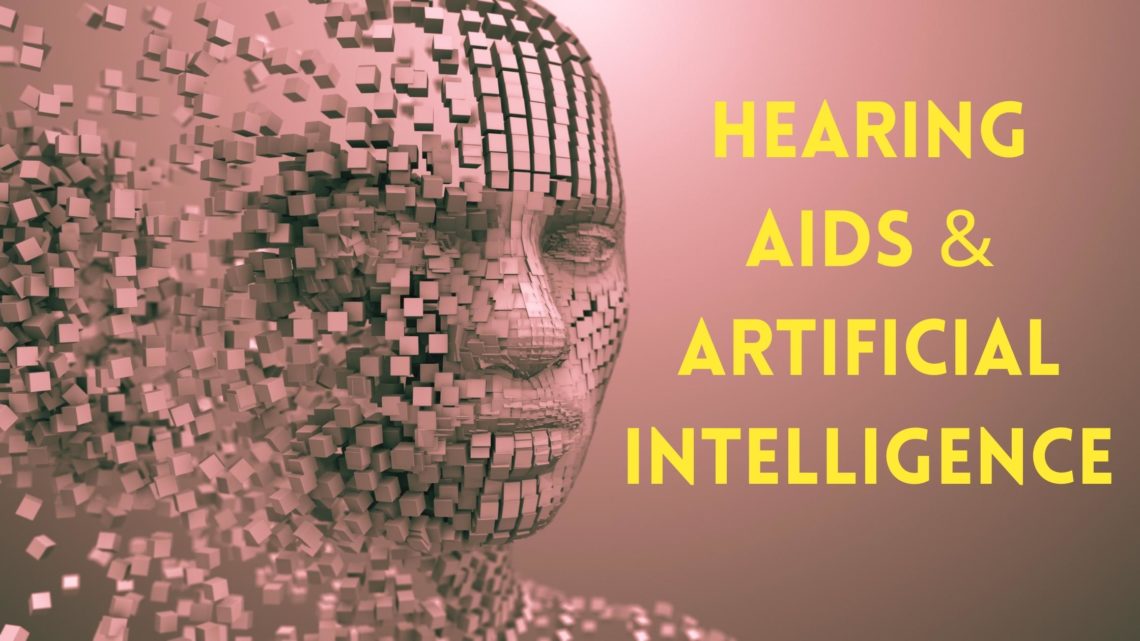In the past three decades, hearing aid technology has grown in leaps and bounds. In 1996 hearing aids crossed a major threshold with the launch of the first all-digital hearing aid. Using digital sound processing has opened the door for modern hearing aids to make sound amplification more nuanced and adaptable than ever before. Now, we find ourselves on the cusp of what will likely be the next big leap for hearing aids.
On an ever-nearing horizon for the hearing aid industry is artificial intelligence (AI) and the hope that integrated AI will help hearing aids perform well even in the most complicated and difficult sound environments.
Navigating the Soundscape
When it comes to creating effective digital hearing technology the ideal solution has to be able to respond to complex sound environments that takes into account both where sound needs to be amplified to compensate for hearing loss and distinguishing between unimportant background noise and relevant incoming sounds.
Digital sound processing has fine tuned these approaches and has become especially nuanced at matching amplification to the specific frequencies hearing loss occurs at. For instance, someone with low-frequency hearing loss has hearing aids programmed to amplify the low frequency sounds ranges that are especially challenging. Hearing loss that is asymmetrical between the two ears means that each hearing aid is distinctly programmed to compensate for that ear’s hearing loss pattern.
What has been more difficult to develop is a way to mimic the brain’s discernment of prioritizing familiar sound and relegating other sounds to the background of our hearing, even those that may be louder than the sound we are paying attention to. Finally, however, new approaches with artificial intelligence seem able to tackle this complex and multi-faceted problem in hearing.
An Artificial Intelligence Approach
While it is hoped that AI can match the brain’s immediate parsing and prioritizing of sound, it will have to find innovative methods for doing so. The way incoming sound is handled in the brain relies on detection of familiar patterns and sound information and a lifetime of learned connections. Rather than trying to replicate the sound processing of the brain, artificial intelligence is trying to get to the same place via a different route. This is done through layered and branching decision making instructions. When entering a noisy sound environment, artificial intelligence needs to determine what sounds are distinct from one another and then, which ones have the potential to matter to the hearing aid user.
One layer of this approach is by having AI receive incoming sound through a variety of directional microphones and then using differences in the input to distinguish distinct sounds and learn which to bring to the forefront of hearing. Of course, many other factors come into play as digital technology is harnessed to provide cutting edge solutions to hearing.
A New Frontier
The potential is great that artificial intelligence will be the next big step in hearing aid devices. Through learning to suppress intrusive noises and parse noisy situations, hearing aids will become more flexible and useful than ever before. Whether emphasizing a birdsong over the rush of a breeze or helping you follow an involved conversation at a dinner party, AI equipped hearing aids are beginning to write a new chapter in the history of assistive tech.
Artificial intelligence in hearing aids is just in its first stages of development, but it is already improving clarity and comprehension for users. With the evolution of AI design in hearing devices, promises an exciting future where hearing aids virtually replicate the way we naturally hear. Better sound prioritizing and an exacting environmental responsiveness will make the hearing aids of the future closer than ever before to natural hearing.
Treatment Is Key
With new technologies, adapting to hearing aids is easier than ever before. Today’s hearing aids are powerful and discreet sound processors that can be equipped with a range of tools for navigating our noisy world. As artificial intelligence enters into hearing aid design, the potential for improved comprehension is becoming more accessible in more places. If you’ve been debating whether or not to treat your hearing loss, it is time to see what assistive technology has to offer – contact us today!

